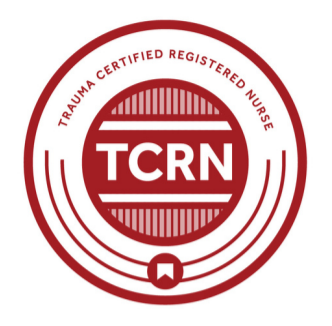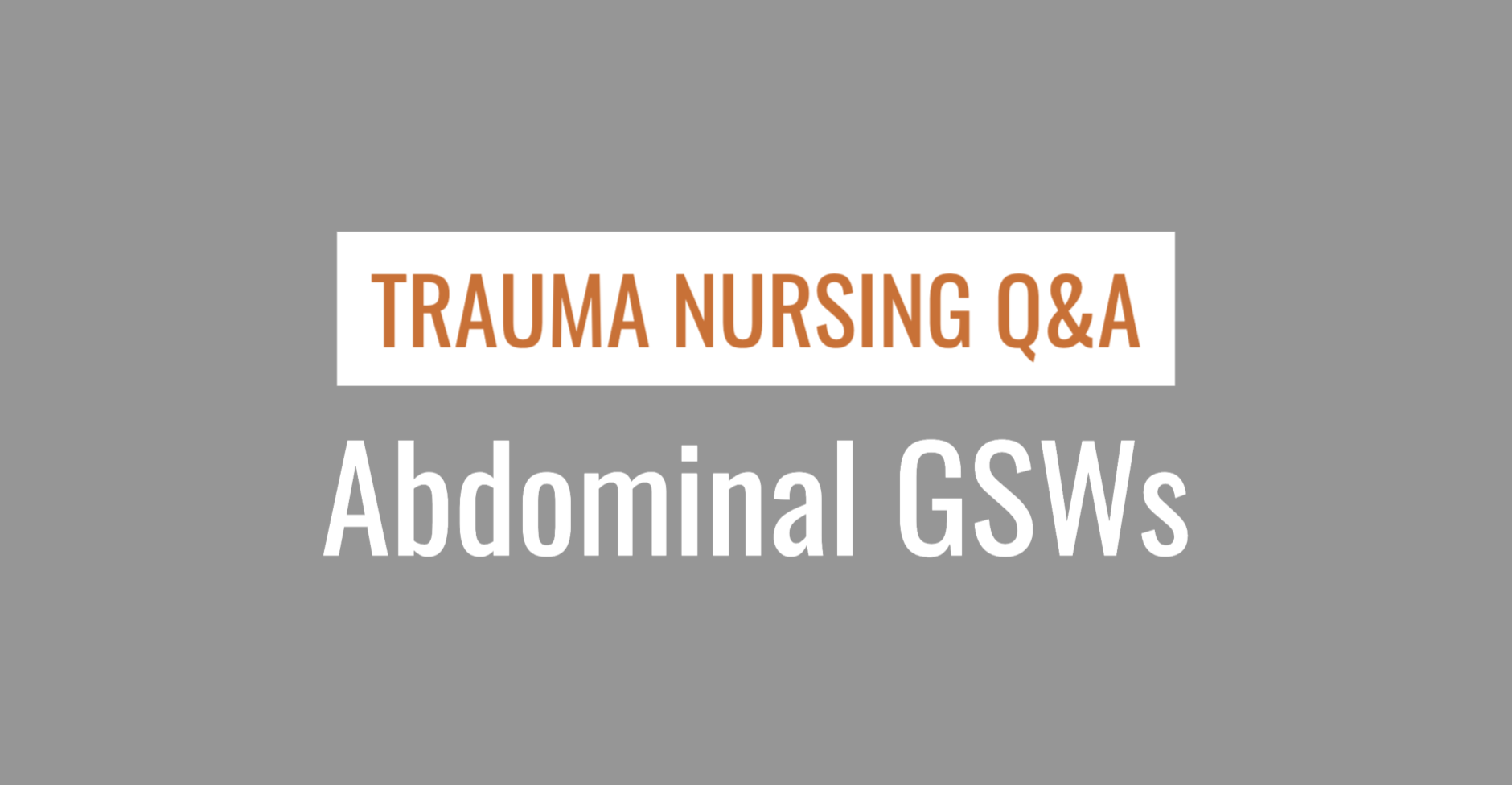Approximately 120,000 people are injured by firearms in the U.S. every year. Gunshot wounds (GSWs) to the abdomen are a relatively small portion of these incidents, but management of abdominal firearm injuries can be complex.
Trauma nurses should understand how different types of firearms and bullets cause tissue damage to the abdomen. They should also recognize the underlying injuries that occur to abdominal organs when penetrating trauma occurs.
Q. What are the categories of GSWs?
Gunshot wounds can be divided into three categories: high-energy, medium-energy and low-energy. These are sometimes referred to as high-, medium- and low-velocity GSWs.
Low-energy GSWs tend to cause local tissue damage via laceration of surrounding structures. The damage may be similar to a stabbing wound.
Medium-energy GSWs transfer a higher amount of kinetic energy to the body. These wounds are typically produced by handguns and low-caliber rifles.
High-energy GSWs transfer the greatest kinetic energy, causing significant damage to the surrounding tissue in the path that the bullet follows through the body (also known as cavitation). High-energy GSWs are typically produced by military-grade guns and hunting rifles.
Q. What factors influence the severity of damage from a GSW?
Several factors influence the severity of a bullet’s damage to the body:
Bullet speed. The most important factor influencing physical damage is the bullet’s velocity as it enters the body. The speed is highly dependent on factors such as the proximity of the firearm to the individual, the type of firearm used, and more.
Tumbling motion. If a bullet’s center of gravity is not midline, the imbalance can cause the bullet to turn and twist within the body tissue. This increases the surface area of damage produced and creates further cavitation.
Size and shape. Larger bullets and bullets with an irregular shape will also produce a larger surface area of damage.
Fragmentation. Certain projectiles, such as soft-tip or hollow-tip bullets, fragment upon impact with the body. This disburses the bullet’s energy transfer to a larger surface area and creates widespread tissue damage.
Q. What organs are most commonly injured by a GSW to the abdomen?
Some organs are more susceptible to GSW damage due to their location within the body cavity and surrounding structures. The most commonly injured abdominal organs seen in penetrating trauma via gunshot wounds are the liver, small intestine, diaphragm and colon.
Q. What are the signs and symptoms of penetrating injury to the liver?
The most common sign of penetrating liver injury is abdominal pain.
Inspection of the abdomen may reveal lacerations, a clear penetrating wound to the right upper quadrant (RUQ), ecchymosis (bruising) in the RUQ, and/or bruising around the umbilicus (Cullen’s sign). The patient will often be guarding their abdomen.
Palpation may reveal tenderness and/or rigidity in the RUQ.
Trauma nurses should observe closely for signs of hemodynamic instability. Lab results may indicate elevated levels in any liver function test (LFT) — albumin, ALP, ALT, AST, bilirubin, lactate dehydrogenase, prothrombin time.
Q. What are the signs and symptoms of penetrating injury to the small intestine?

Trauma nurses should observe closely for signs of hemodynamic instability. Lab tests may show an elevated white blood cell (WBC) count or an upward trend in lactic acid. CT scans may show free fluid, air or contrast extravasation in the abdominal cavity
Q. What are the signs and symptoms of diaphragmatic rupture?
Penetrating injury to the diaphragm may be asymptomatic at first. Common signs include dyspnea (shortness of breath) and referred paid to the shoulder. Patients may also report abdominal pain.
Trauma nurses should observe closely for hypotension, tachycardia and tachypnea. Note that patients with diaphragmatic rupture may also present with an open wound to the abdomen and/or thorax.
Q. What are the signs and symptoms of penetrating injury to the colon?
Patients with penetrating colon injury may report generalized abdominal pain. They may also experience nausea and vomiting.
Trauma nurses should watch for signs of sepsis (tachycardia, hypotension, fever, leukocytosis). Palpation may reveal a rigid abdomen in the epigastric area or left upper quadrant (LUQ). Note that patients with this injury may also present with open wounds to the general area of the colon.
In addition, CT scans may show free fluid, air or contrast extravasation in the abdominal cavity.
Learn more about trauma to the abdomen

This article is based on Abdominal Trauma, an interactive online course from the Board of Certification for Emergency Nursing (BCEN®). Developed by trauma nursing experts, this CE-eligible course provides an overview of abdominal anatomy and physiology, explores the underlying physics of blunt and penetrating abdominal trauma, and explains how to perform a physical assessment of a patient with abdominal injur. To access Abdominal Trauma and other courses for trauma nurses, visit BCEN Learn.


